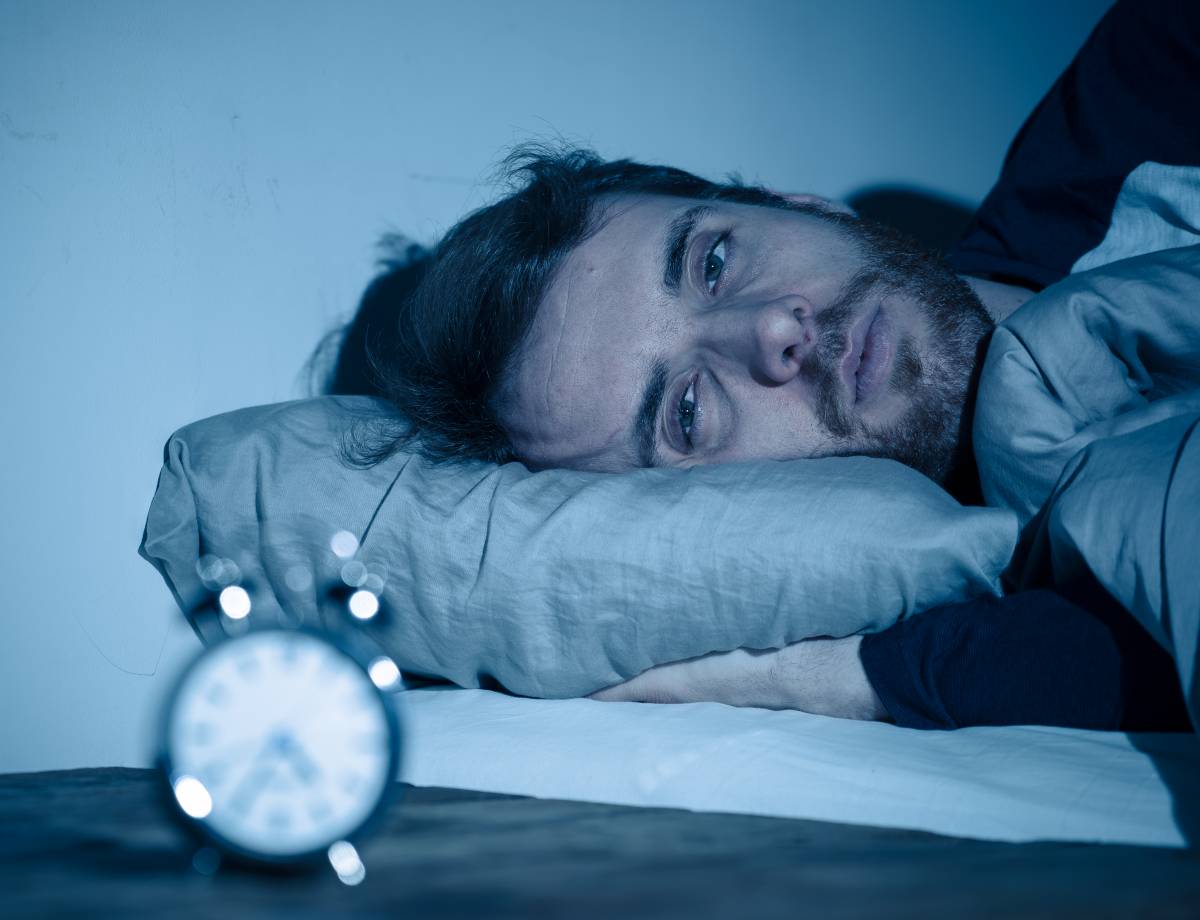Consistent and regular exercise patterns are linked to having lower current insomnia risks
People who maintain exercise regimes from two to three times a week on a long-term basis appear to have a lower current risk of insomnia and sleep for the recommended six to nine hours every night.
That is the conclusion of an international team of researchers who conducted a 10-year study and published their results this week in the journal BMJ Open.
The article’s first author is Erla Bjornsdottir from the department of psychology at Reykjavik University in Iceland. There are 15 co-authors, who are based in countries including the UK, Spain, Australia and Germany.
Dr Bjornsdottir and colleagues assessed the frequency, duration, and intensity of weekly physical activity and symptoms of insomnia, hours of nightly sleep clocked up, and daytime sleepiness among middle-aged adults from 21 centres in nine European countries.
The study involved 4,399 participants (2,085 men; 2,254 women) who were drawn from the European Community Respiratory Health Survey. They had answered questions on the frequency and duration of physical activity at baseline (ECRHS II;1998-2002) and on physical activity, insomnia symptoms (Basic Nordic Sleep Questionnaire; scale 1-5), sleep duration and daytime sleepiness (Epworth Sleepiness Scale) 10 years later (ECRHS III; 2011-14).
Norwegians 'most active'
The participants who reported that they exercised at least two or more times a week, for one hour/week or more, were classified as being physically active.
Over the 10-year period, 37 per cent (1,601) of participants were persistently inactive; 18 per cent (775) became physically active; 20 per cent (881) became inactive; and 25 per cent (1,082) were persistently active.
Participants in Norway were most likely to be persistently active, while participants in Spain, followed by Estonia, were most likely to be persistently inactive.
Persistently active participants were more likely to be men, younger, and to weigh slightly less. They were also less likely to be current smokers and more likely to be currently working.
After adjusting for age, sex, weight (BMI), smoking history, and study centre, those who were persistently active were significantly (42 per cent) less likely to find it difficult to fall asleep, 22 per cent less likely to have any symptom of insomnia, and 40 per cent less likely to report two or three (37 per cent less likely) symptoms of insomnia.
Our results are in line with previous studies that have shown the beneficial effect of [physical activity] on symptoms of insomnia, but the current study additionally shows the importance of consistency in exercising over time [Erla Bjornsdottir et al]
Insomnia symptoms were also independently associated with age, female gender, and weight. As for total nightly hours of sleep and daytime sleepiness, after adjusting for age, sex, weight, smoking history, and study centre, persistently active participants were most likely to be normal sleepers while the persistently inactive were least likely to be in that category.
The persistently active were significantly (55 per cent) more likely to be normal sleepers and significantly less likely (29 per cent) to be short (six hours or less), and 52 per cent less likely to be long, sleepers (nine hours or more). And those who became active were 21 per cent more likely to be normal sleepers than those who were persistently inactive.
Caveats and conclusion
The researchers acknowledge that they could not objectively assess changes in physical activity levels between the two time points and that all the elements relied on subjective assessment via questionnaire.
Despite this, they conclude: ‘Our results are in line with previous studies that have shown the beneficial effect of [physical activity] on symptoms of insomnia, but the current study additionally shows the importance of consistency in exercising over time, because the association was lost for initially active subjects who became inactive.’
Fact file
Regular exercise is associated with better overall health, and several studies have suggested that physical activity promotes better quality sleep and may improve symptoms of chronic insomnia.
But it’s not entirely clear how much gender, age, BMI, overall fitness, general health and exercise type contribute to this association, the authors found initially.
To access the full version of the article – titled Association between physical activity over a 10-year period and current insomnia symptoms, sleep duration and daytime sleepiness: a European population-based study doi: 10.1136/bmjopen-2022-067197 – click
Share it with















